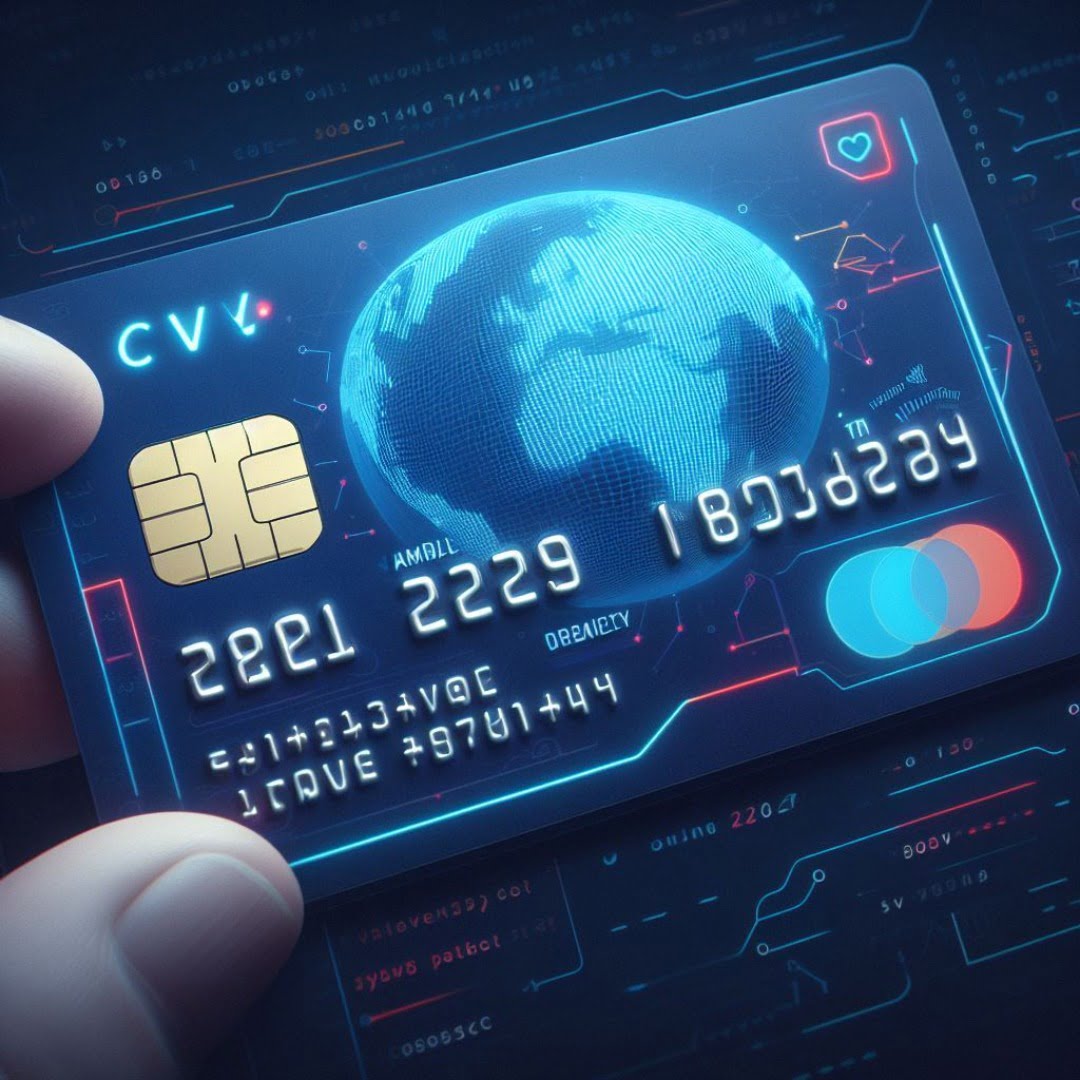In the world of credit cards, security is paramount. One of the key elements ensuring the safety of transactions is the Card Verification Value (CVV). This three- or four-digit code plays a crucial role in online and in-person purchases. Let’s dive into the intricacies of CVV and explore whether all credit cards come equipped with this security feature.
Understanding the Purpose of CVV
Security Measure
The primary purpose of CVV is to act as an additional layer of security. Unlike the card number and expiration date, the CVV is not embossed on the card, making it challenging for unauthorized individuals to access it physically.
Online Transactions
In the realm of e-commerce, CVV is a guardian against fraudulent activities. When making online purchases, the buyer is typically required to input the CVV, ensuring that the person initiating the transaction is in possession of the physical card.
Where to Find CVV
Physical Credit Cards
For traditional credit cards, the CVV is usually located on the back. It is the last three digits in the signature panel. This physical presence adds an extra layer of security for in-person transactions.
Virtual Cards
With the rise of virtual cards and online banking, the CVV for virtual cards is often accessible through the bank’s online portal. It serves the same purpose in securing virtual transactions.
Variations in CVV
Three-Digit CVV
Most credit cards have a three-digit CVV. This standard is prevalent across various card issuers and is widely accepted in both online and offline transactions.
Four-Digit CVV
Certain credit cards, especially premium ones, opt for a four-digit CVV. This additional digit enhances the complexity, providing an extra layer of security for high-value transactions.
Are All Credit Cards the Same?
Variations Among Card Issuers
Not all credit cards are created equal. Different card issuers may have variations in the format and placement of CVV. Understanding these nuances is crucial for users.
Premium vs. Standard Cards
Premium credit cards may have additional security features, including a four-digit CVV, as part of their exclusive offerings. Standard cards, while secure, may have different specifications.
CVV and Card Fraud
How CVV Prevents Fraud
The dynamic nature of CVV means that even if a malicious entity obtains the card number and expiration date, they would still require the changing CVV for any transaction.
Instances of Fraud Despite CVV
While CVV is a robust security measure, instances of card fraud still occur. Understanding the limitations of CVV helps users stay vigilant against potential threats.
Evolution of CVV Technology
Chip and PIN
The integration of chip technology has added an extra layer of security to credit cards, working in tandem with CVV to protect against fraud.
Biometric Authentication
The future of credit card security may involve biometric authentication, reducing reliance solely on static codes like CVV.
Can You Change Your CVV?
Possibilities and Limitations
Unlike passwords, changing your CVV is not a straightforward process. It is generally tied to the physical card, and changes might only occur when issuing a new card.
CVV in a Global Context
International Card Transactions
CVV requirements may vary globally, impacting how transactions are conducted internationally. Understanding these variances is essential for frequent travelers.
Regional Variances
Certain regions may have specific regulations or norms regarding the use and implementation of CVV. Adapting to these variances is crucial for a seamless payment experience.
Misconceptions About CVV
Common Myths
Addressing common misconceptions about CVV, such as its invincibility, helps users have a realistic understanding of its role in security.
Clarifications
Providing clear information about how CVV works and its limitations is vital for fostering informed and secure credit card usage.
Future Trends in Credit Card Security
Emerging Technologies
As technology advances, credit card security is poised to evolve. From blockchain to AI, new technologies will shape the future landscape of financial transactions.
Changing Regulatory Landscape
Global and regional regulations will play a significant role in shaping the security features of credit cards, including the role of CVV.
Tips for Protecting Your CVV
Best Practices
Implementing best practices for protecting your CVV, such as secure storage and safe online practices, is essential for maintaining financial security.
Security Precautions
Being aware of potential phishing scams and fraudulent activities ensures that users can take necessary precautions to protect their CVV.
CVV in Mobile Payments
Integration with Digital Wallets
As mobile payments become more prevalent, understanding how CVV integrates with digital wallets is crucial for users embracing these technologies.
Future Prospects
The role of CVV in mobile payments is likely to evolve with advancements in technology and changes in consumer behavior.
Impact of CVV on User Experience
Balancing Security and Convenience
While CVV enhances security, finding the delicate balance between security measures and a seamless user experience remains a challenge for credit card providers.
Conclusion
In conclusion, the presence of CVV in credit cards is a vital aspect of securing financial transactions. Understanding its purpose, variations, and limitations is crucial for users navigating the complex landscape of modern finance. As technology advances, the role of CVV is likely to evolve, shaping the future of credit card security.
Frequently Asked Questions (FAQs)
- Can I change the CVV of my credit card?
- Changing the CVV is typically tied to issuing a new card. Contact your card issuer for specific details.
- Do all credit cards have the same CVV format?
- No, variations exist among card issuers, and premium cards may have different specifications.
- How does CVV prevent fraud?
- CVV adds a dynamic layer of security, requiring the changing code for each transaction, making it challenging for fraudsters.
- Is CVV the only security feature for credit cards?
- No, it works in conjunction with other security measures, such as chip technology and biometric authentication.
- How can I protect my CVV from unauthorized access?
- Practice secure storage, be cautious of phishing attempts, and adopt best practices for online transactions.

